Village and VIPs remember World War One hero Samuel Frickleton VC
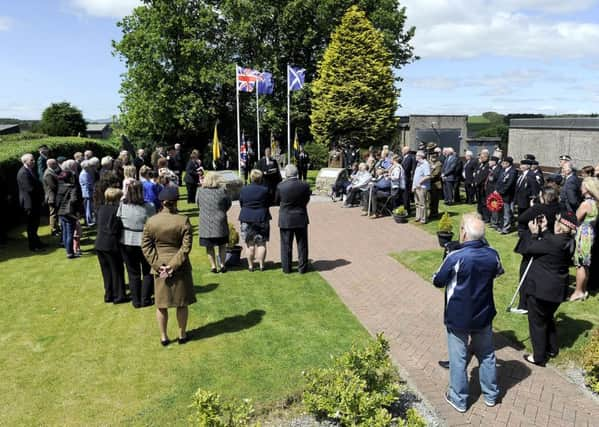

Neighbours in the village where Frickleton was born on April 1, 1891, gathered with members of his family and VIPs, including MSP Angus MacDonald, the chief executive of Falkirk Council Mary Pitcaithly, council leader Cecil Meiklejohn and Alan Simpson, Lord Lieutenant of Stirlingshire, for the laying of a commemorative First World War Victoria Cross paving stone in his name.
It is one of 469 which will have been put in place in communities across the UK by the end of next year to remember the selfless courage of the very bravest of men who fought in the Great War.
Advertisement
Hide AdAdvertisement
Hide AdA parade from the community centre to the memorial garden was followed with an opening address from Councillor Ritchie and a Service of Dedication conducted by Padre Rory McLeod before the VC Citation was read by Robert Jack, the soldier’s second cousin.
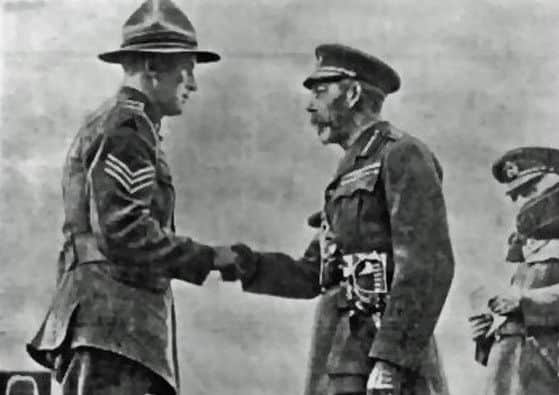

The Lord Lieutenant then unveiled the paving stone, blessed by Padre McLeod, and wreaths were laid by dignitaries and members of the Frickleton family.
The Last Post ‘Flowers of the Forest’ was followed by a two minute silence and reveille.
The official party later met staff and pupils at Slamannan Primary School before moving to the community centre for a civic reception.
Advertisement
Hide AdAdvertisement
Hide AdSamuel Frickleton was one of 11 children raised by Samuel and Elizabeth Frickleton in Slamannan.
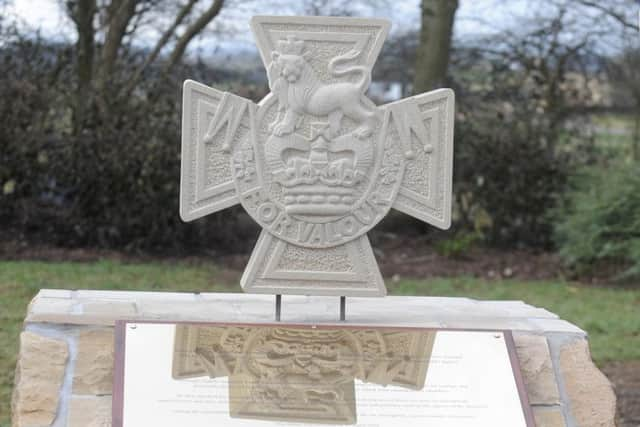

The family emigrated to New Zealand in 1913 when he was 22. In February 1915 Frickleton and four of his brothers volunteered to serve with the New Zealand Expeditionary Force and posted to the Middle East.
After becoming ill in Egypt, he was sent back to New Zealand in June that year and subsequently discharged as medically unfit for service but, following a period of convalescence, he re-enlisted with the NZEF in 1916 and posted to France as a rifleman in the 3rd Battalion New Zealand Rifle Brigade.
On June 7, 1917, Lance Corporal Frickleton was involved in the Battle of Messines in West Flanders, Belgium.
Advertisement
Hide AdAdvertisement
Hide AdAs his battalion was attacking the edge of Messines village it was slowed by fire from two machine gun posts.
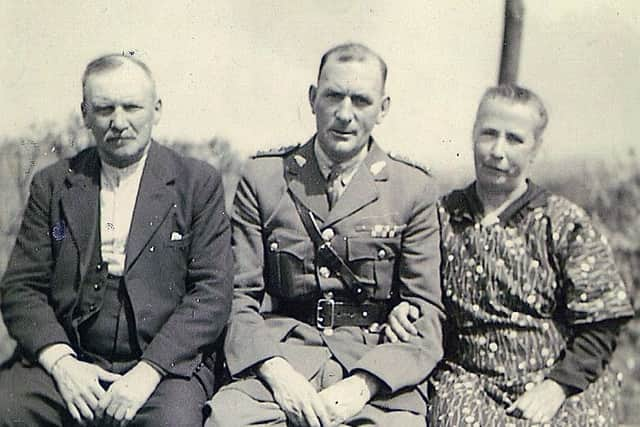

His Victoria Cross citation describes what Frickleton did next: “Although slightly wounded, he dashed forward at the head of his section, rushed through a barrage and personally destroyed with bombs an enemy machine gun and crew which were causing heavy casualties. He then attacked the second gun, killing the crew of 12. By the destruction of these guns he undoubtedly saved his own and other units from very severe casualties and his magnificent courage and gallantry ensured the capture of the objective.”
Frickleton was invested with the Victoria Cross by King George V on September 17, 1917, at Ibrox Stadium in Glasgow.
He retired from the military with the rank of captain in April 1927 and died in Wellington in August 1971 at the age of 80.
Four year campaign due to end in 2018
Advertisement
Hide AdAdvertisement
Hide Ad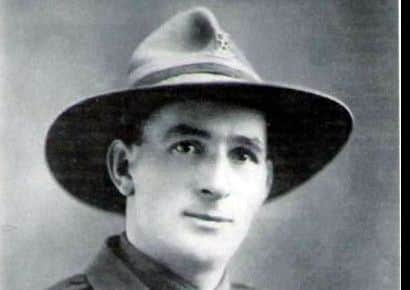

The first commemorative paving stones to be laid at the birth places of Victoria Cross recipients as part of the UK Government’s First World Ward Centenary Campaign were placed in England on August 23, 2014.
They celebrated the bravery that Charles Garforth of Willesden Green, Sidney Godley of East Grinstead and Theodore Wright of Hove had shown that same day 100 years earlier on the battlefield of Mons in Belgium.
Since then many other stones have been laid in the other towns across England, Wales, Scotland and Northern Ireland which produced heroes.
By the end of the campaign in 2018, a total of 469 stones will have been laid in memory of recipients born in the UK.
Advertisement
Hide AdAdvertisement
Hide AdTo commemorate those awarded the VC who were born overseas, 145 stones will be laid in The National Memorial Arboretum. The programme will also see 35 VC recipients commemorated in the Republic of Ireland and eight in Northern Ireland.
Charlie MacKeith from London won the national competition to design the paving stone which matches the material, form and lettering of memorials used by the War Graves Commission.


Victoria Cross is the badge of honour
The Victoria Cross is the highest award of the United Kingdom honours system.
It is given for gallantry “in the face of the enemy” to members of the British Armed Forces.
Advertisement
Hide AdAdvertisement
Hide AdThe VC was introduced on January 29, 1856 by Queen Victoria to honour acts of valour during the Crimean War. Since then it has been awarded 1358 times to 1355 individual recipients.
The traditional explanation of the source of the metal from which the medals are struck is that it derives from Russian cannon captured at the Siege of Sevastopol, although further research suggests the metal for most of the medals made since December 1914 came from two Chinese cannons captured from the Russians in 1855.
Owing to its rarity, the VC is highly prized and has fetched over £400,000 at auction.